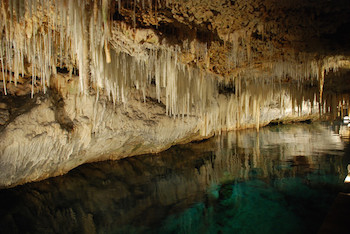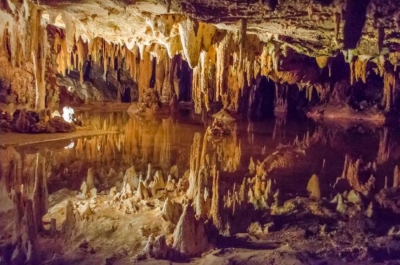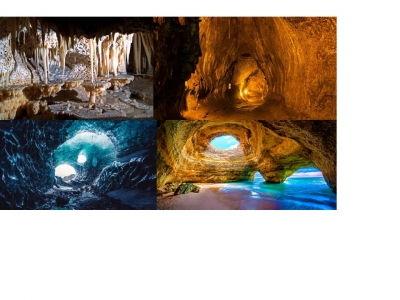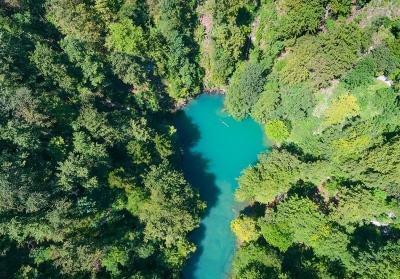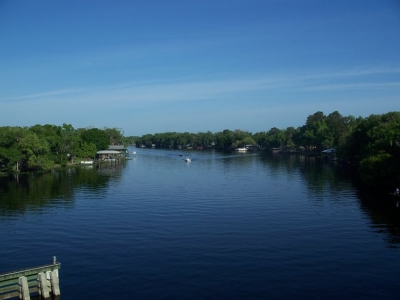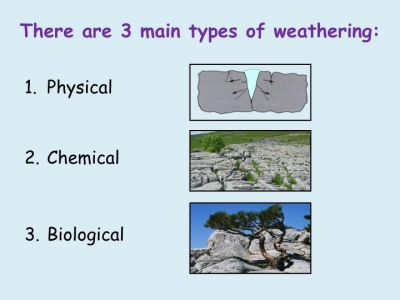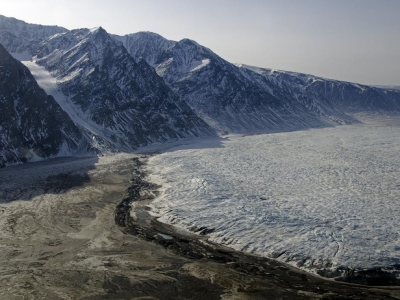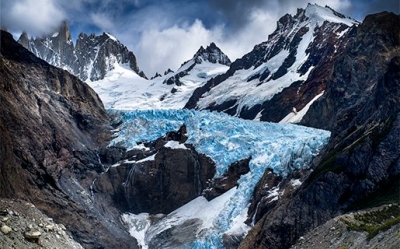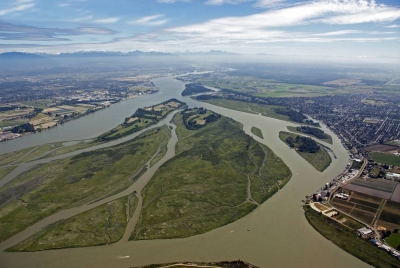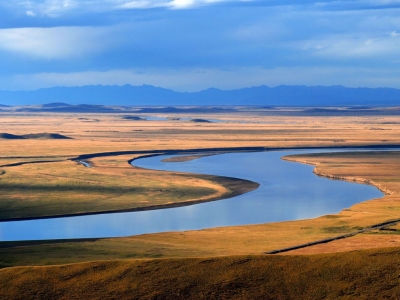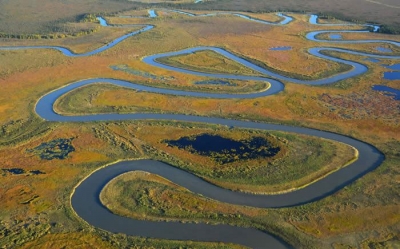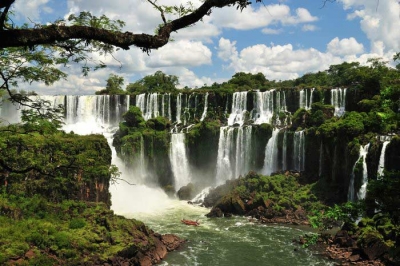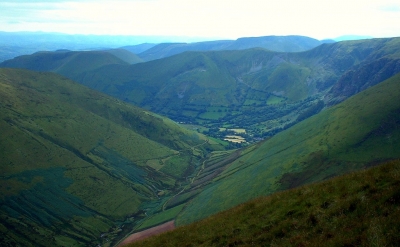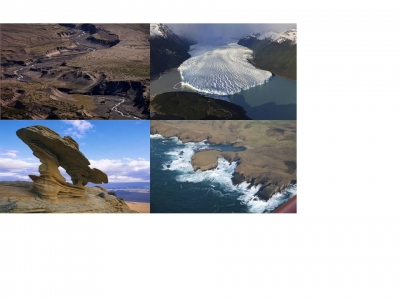
Erosion is the wearing away of rocks and other matter on the Earth’s surface by a natural force, such as a sliding glaciers, a flowing river, or the wind. Material that is rubbed off is carried away and deposited somewhere else.
Most erosion is performed by liquid water, wind, or ice (usually in the form of a glacier). If the wind is dusty, or water or glacial ice is muddy, erosion is taking place. The brown color indicates that bits of rock and soil are suspended in the fluid (air or water) and being transported from one place to another. This transported material is called sediment.
Water erosion
This is caused by falling rain or flowing water. Rivers, for example, wear away the land that they flow over, changing the surrounding landscape. Raindrops hit bare soil with enough force to break the soil aggregates. These fragments wash into soil pores and prevent water from infiltrating the soil. Water then accumulates on the surface and increases runoff which takes soil with it.
Well-structured soils are less prone to break up, and the impact of raindrops is minimized if the soil surface is protected by plant or litter cover.
Wind erosion
The force of the wind can remove pieces of rock and carry them off. Wind erosion is common in deserts. Wind erosion is a serious environmental problem attracting the attention of many across the globe. It is a common phenomenon occurring mostly in flat, bare areas; dry, sandy soils; or anywhere the soil is loose, dry, and finely granulated. Wind erosion damages land and natural vegetation by removing soil from one place and depositing it in another. It causes soil loss, dryness and deterioration of soil structure, nutrient and productivity losses and air pollution. Suspended dust and dirt is inevitably deposited over everything. It blows on and inside homes, covers roads and highways, and smothers crops. Sediment transport and deposition are significant factors in the geological changes which occur on the land around us and over long periods of time are important in the soil formation process.
Ice erosion
As glaciers move, they rub away the land under them, carrying the broken-down material with them. Ice erosion occurs in one of two forms, the movement of glaciers, or thawing processes. In the latter formation, water inside pores and rock fractures expand, which causes further cracking. Glaciers erode through one of three different processes, including abrasion, plucking, and thrusting. Debris caught in the basal brushes along the bed, which polishes and gouges the rocks underneath. Glaciers also cause bedrock to fall off during the plucking phase. In addition, glaciers freeze and then move forward, which dislodges the sediments at the glacier’s base. The latter method produces thousands of lake basins that lie across the edge of the Canadian Shield. All of these combined processes form moraines, drumlins, kames, moulins, and glacial erratics, especially at the glacier retreat.
Extreme cold weather temperatures cause trapped water particles to expand in its cracks, which breaks the rock into several pieces. This senior care leads to gravity erosion, particularly on steep slopes, and the formation of scree at the bottom of a mountainside. Morning thaws can present structural problems for roads alongside mountain cliffs. Additionally, trapped water in the wedge of a rock causes fissures, which eventually breaks down the rock.
Coastal erosion
Crashing waves gradually wear away the rock in cliffs, and sweep up material from the beach. Coastal erosion is typically driven by the action of waves and currents, but also by mass wasting processes on slopes, and subsidence (particularly on muddy coasts). Significant episodes of coastal erosion are often associated with extreme weather events (coastal storms, surge and flooding) but also from tsunami, both because the waves and currents tend to have greater intensity and because the associated storm surge or tsunami inundation can allow waves and currents to attack landforms which are normally out of their reach. On coastal headlands, such processes can lead to undercutting of cliffs and steep slopes and contribute to mass wasting. In addition, heavy rainfall can enhance the saturation of soils, with high saturation leading to a reduction in the soil's shear strength, and a corresponding increase in the chance of slope failure (landslides).
Coastal erosion is a natural process which occurs whenever the transport of material away from the shoreline is not balanced by new material being deposited onto the shoreline. Many coastal landforms naturally undergo quasi-periodic cycles of erosion and accretion on time-scales of days to years. This is especially evident on sandy landforms such as beaches, dunes, and intermittently closed and open lagoon entrances. However, human activities can also strongly influence the propensity of landforms to erode.
Picture Credit : Google
